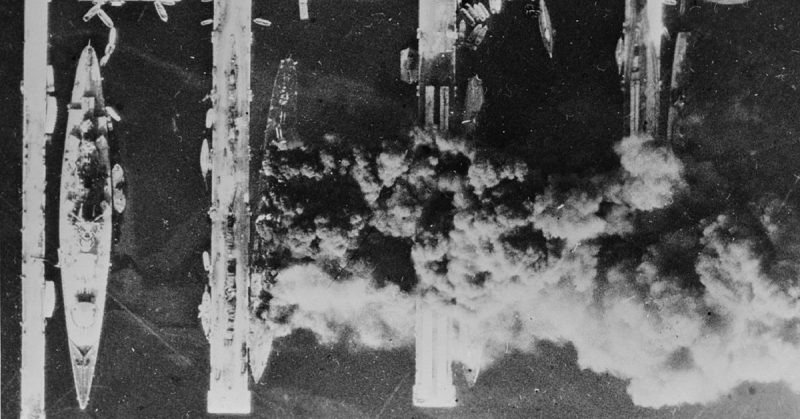It was the middle of the night, and a large motorized force of Nazi German troops was descending on the port city of Toulon, on the south coast of France. It was the 27th of November, 1942. Their mission was the capture of the French fleet, which sat at bay in the port; well over a hundred warships, great and small, representing some of the most advanced naval technology of the time.
France had fallen to the inexorable advance of Hitler’s Germany, and an armistice was signed in June of 1940. The armistice agreement divided France in two. North and West, facing the English Channel and the North Atlantic, the land was actively occupied and directly administered by Germany. A smaller area to the south, facing the Mediterranean and including the port city of Toulon, was set left in the control of a largely toothless French administration.
This was headed by Marshall Philippe Pétain, and was based in the town of Vichy. At the time, the administration called itself the ‘French State,’ but is better known today as Vichy France, or the Vichy Regime. By November of 1942 it ruled in name only. Britain and the USA successfully invaded French territory in Morocco, Tunisia and Algeria in North Africa in early November, territory which was nominally under the control of the Vichy Government, and Hitler immediately gave orders to begin the full occupation of Vichy France.
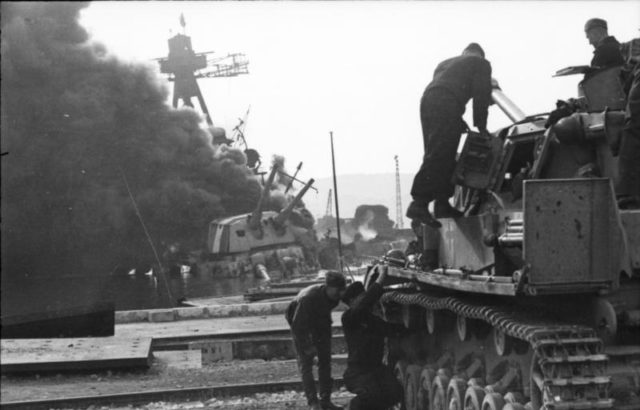
Central to this plan was the capture of the French fleet, which had been stationed at Toulon since 1940. Part of the provision of the armistice of 1940 was that the French fleet should be disarmed and confined to port while remaining under French control. The port city itself should remain a stronghold under the control of Vichy France, to be defended against attack from the Allies.
The ships had remained in port at Toulon, but they had not been disarmed, and the Admirals in charge of the fleet had no desire to see their ships used by Nazi Germany in their war effort. The crews of the ships – and the population of the city of Toulon – felt no loyalty to their occupiers. The French navy was still French. They would destroy their ships rather than see them under Nazi control. Hitler’s plan was that the French fleet would be captured and put at the disposal of Italy. This would be a heavy blow against the Allies, and the officers and crew of the fleet knew it.
It was against this backdrop of uncertain loyalty and simmering unrest that units of the 7th Panzer division arrived in Toulon. There were tanks, armored cars, armored personnel carriers and an SS motorcycle battalion. This fast-moving force entered the town and rapidly took control of the major port defenses to the west and east of the harbor. They entered the headquarters of the fleet on land and arrested the French officers, but not before a warning was radioed to Admiral Laborde on the great flagship Strasbourg. Laborde was shocked at the rapid and unexpected attack, but he swiftly took command of the situation. The orders went out to the fleet. They were to prepare to scuttle their ships and to fire on any German troops who approached. Throughout the fleet, rapid preparations got underway. Here was an opportunity to resist the occupiers. The men worked quickly, and in grim silence.
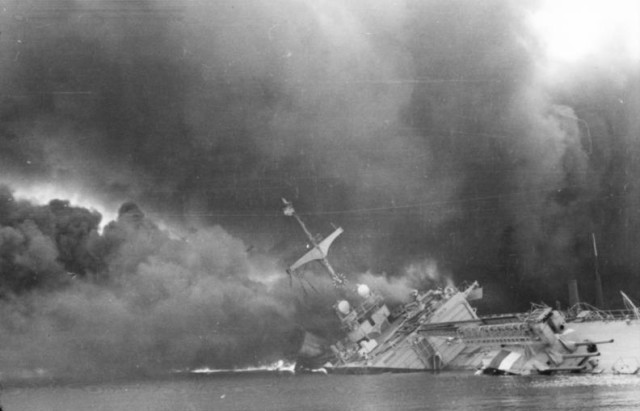
It took the German soldiers longer than they had planned to reach the harbor. It was surrounded by a great maze of naval infrastructure, sheds and warehouses, barracks and administrative buildings, turrets, watchtowers and high walls and fences topped with barbed wire. When they finally found their way to the main gates they found them closed and manned by French soldiers. The German officers demanded the gates be opened. The French officer in charge smiled.
‘Of course,’ he replied in German, ‘Do you have your access paperwork?’
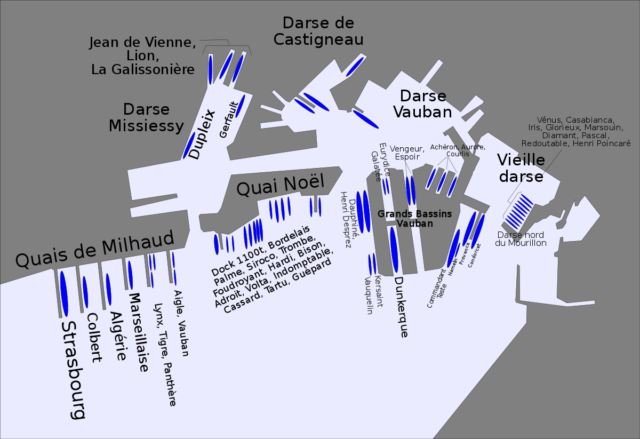
The German officer was perplexed, but his orders were to capture the port and the fleet without bloodshed, if possible, so he began to debate with the officer at the gate. The conversation went on for some time, and in the end, the German officer was obliged to produce documentation for the Frenchman, who nodded, smiled, thanked him, and then left him standing at the gate.
The French soldiers began to banter and chat with the Germans. The officer returned with more questions and requests for further paperwork. He delayed the German officer for as long as he could, but eventually the man’s patience was at an end, and the French soldiers were obliged to open the gate.
It was 5.25am when the German tanks finally rolled through the gates, by which time all was ready on board the doomed fleet. The order was given to scuttle the ships, and the French crews began to pour onto the harbor. Dull explosions reverberated through the air as the pale light of early dawn began to spread across the sky. The main force of the German tanks rumbled toward the flagship Strasbourg, which was already listing to one side in the water. Infantry dismounted from their motorcycles and ran toward the disembarking crews. Sporadic fighting broke out as thick greasy black smoke began to pour from the docked ships.
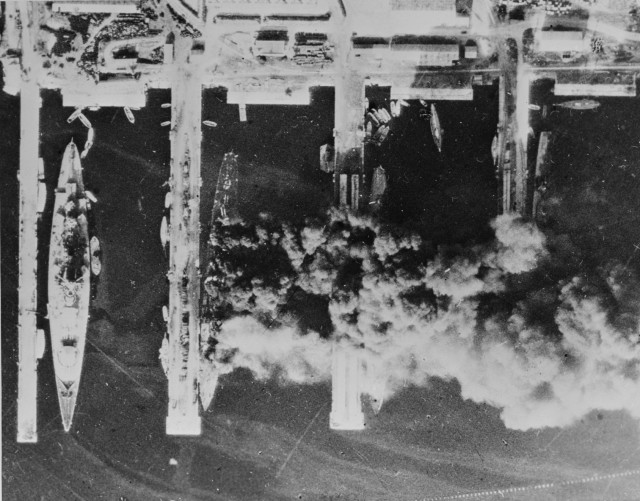
The German soldiers attempted to board some of the French ships, with little success. The delaying tactics employed by the French on shore had allowed all preparations to be made. One after another, cruisers and battleships, destroyers, sloops and tugs sank to the bottom of the bay. The German soldiers could only watch as huge plumes of smoke filled the sky and their prizes were lost.
Several of the ships burned for days or even weeks, and the oil slick polluted the bay for years afterward.
In all, German forces were able to capture twelve ships from the fleet. All of these were damaged, and none were of significant military value. It was a great loss for the Nazi war effort, as the successful capture of this huge and technologically advanced fleet would certainly have tipped the balance of Naval power in the Mediterranean. Only the bravery and determination of the French crews stopped this from happening, and instead dealt a blow against their occupiers.
Total cost:
- 3 battleships (scuttled)
- 7 cruisers (scuttled)
- 15 destroyers (scuttled)
- 3 destroyers (seized by Germany)
- 13 torpedo boats (scuttled)
- 6 sloops (scuttled)
- 12 submarines (scuttled)
- 4 submarines (seized by Germany)
- 9 patrol boats (scuttled)
- 19 auxiliary ships (scuttled)
- 1 school ship (scuttled)
- 28 tugs (scuttled)
- 4 cranes (scuttled)
- 39 small ships (seized by Germany)
- 12 killed
- 26 wounded
